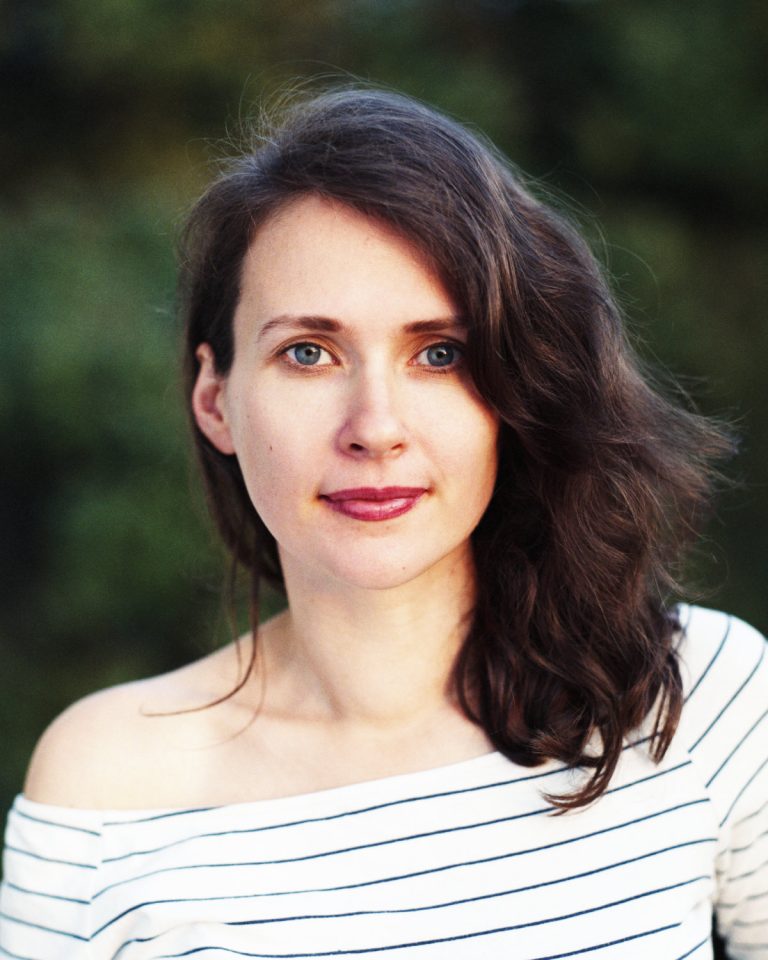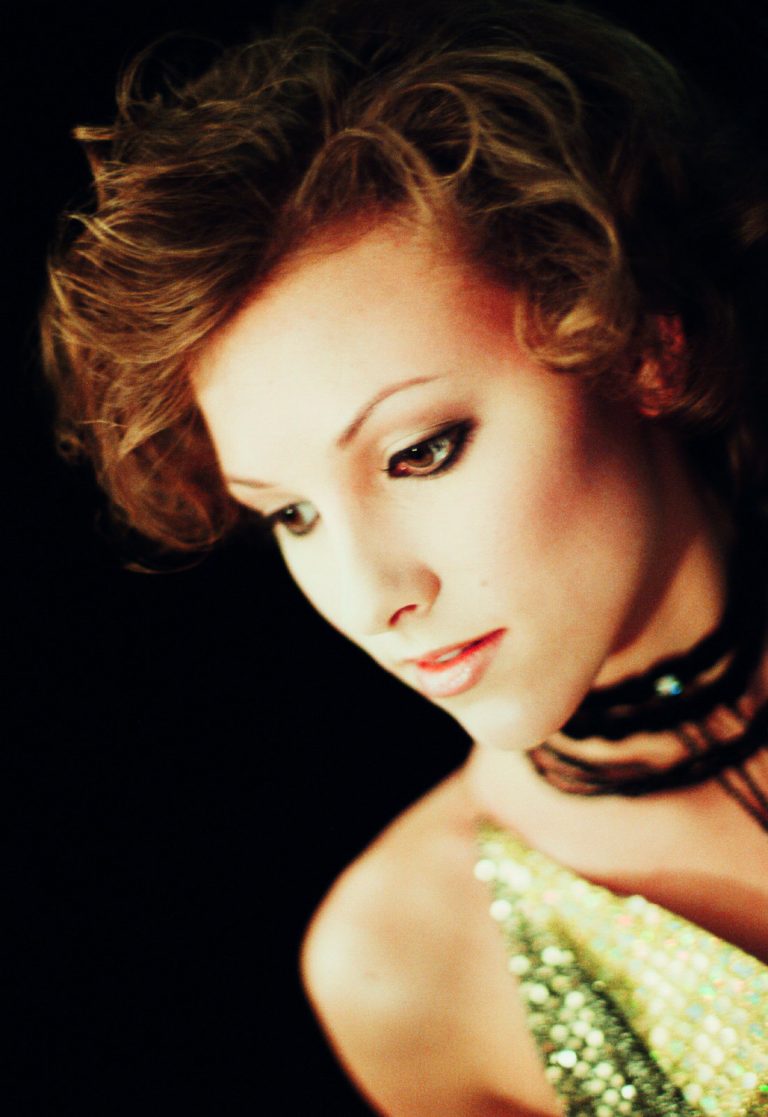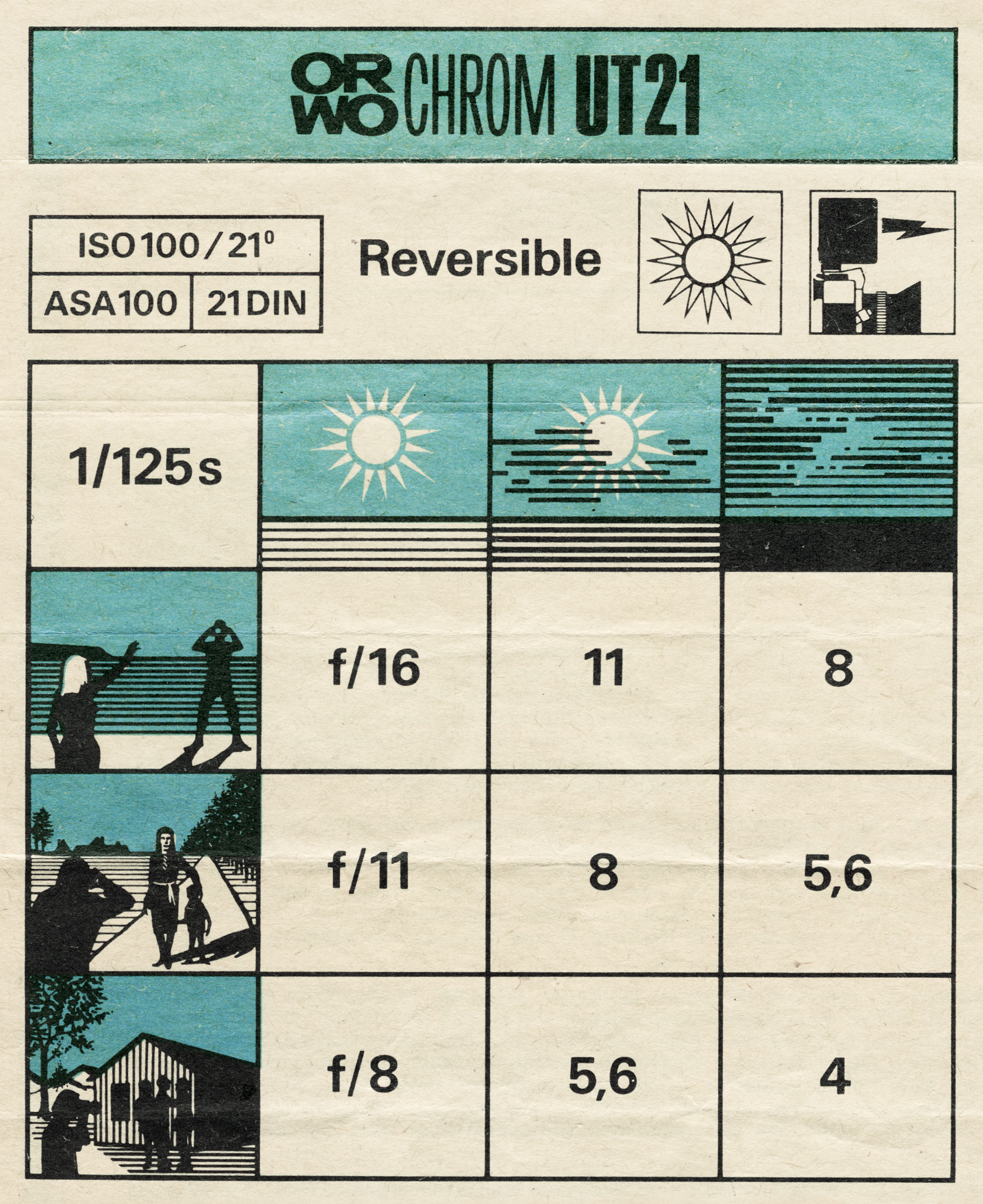Why am I doing film photography in the digital era? There are many reasons for this. In a nutshell, I like the aesthetics of film photography and the feeling that only an old mechanical camera gives! But, of course, the actual reasoning is much more complex, so I’ll try to explain why I have been shooting on film for almost 20 years.
I shoot on both black-and-white and color films, and each of them has its own unique and important features which I will consider separately.
Black and white films
Strictly speaking, photography is an abstract representation of the real world, and black-and-white photography is a pinnacle of this abstraction.
Thus, I keep in my head an almost ready black-and-white image at the stage of shooting. I know which film I use and how it interprets colors in a greyscale tonal range with different light sources.
Shooting on black-and-white film I understand that I will get a black-and-white image, plain and simple. I am against the idea of shooting digital in color to then changing it to black and white, manipulating different settings to choose better shades. In many cases, you eventually give up and make do with the initial image.
In fact, I do part of the image editing process while shooting, when I check the lighting ratio, pick the filter I need, if at all.
With experience this happens automatically, you learn to trust yourself and your intuition, with the final result being only in your head at this stage.
The color of clothes, the color temperature of the light source, colour spots in the background are no longer of importance to you. You continue to pay attention to the background, given how it interacts with the scene center.
All this allows me to disregard the entire post-processing chain, particularly my subsequent manipulations with the image, and concentrate on the most important thing – photography itself.
When I shoot, I see only lights and shadows in front of me. Look closer at the pattern/image they are creating.
The film reacts differently to light. How does it look now? Is it soft? Are there any shadows? How to rotate the object against the light? how do the shadows fall?
What character do they evoke? You start seeing much more emotions and drama in a person you’re shooting, you feel much more connected to him or her.
One of the main reasons why I continue to shoot on black-and-white film is an opportunity that I do not want to lose in any case – to make prints manually, controlling the process of creating an elaborate piece of art. I especially like to print on watercolor paper using liquid photographic emulsion.
Another important feature is the ability to effect on the final image through developing. You can make it more contrast or, on the contrary, less contrast by simply changing the concentration of standard developers, like Kodak D-76 or Rodinal.
For example, you can experiment with x-ray film developers, like Kodak D-19, which allows you to make an absolutely contrasting graphic image, almost without undertones, where only black and white will be present, as in the engravings of Aubrey Beardsley.
Color negative films
Color films have a very harmonious and delicate palette with amazing shades and skin tones! Each type of film has its own color characteristics, which makes the final result a bit unpredictable.
Color films react differently to light than black-and-white ones! If you greatly overexpose it, you can achieve an airy image, with colors becoming transparent and resembling a watercolor palette.
Another interesting feature is developing color reversal film in a chemical solution intended for negative film processing, also known as cross-processing or simply x-process.
In this case, the colours you will get are hard to predict, as it is influenced by a lot of factors: the type of film, its release date, the type of chemicals, and the freshness of solutions. I shot a lot of films, especially for cross-processing, and every time I ended up with completely unexpected, almost “explosive” colors.
These processes are at least worth a try! I guarantee you that you will become obsessed with it.
Manifesto
1. Each frame is important. The film teaches you to be present in that very moment, see the light, and be disciplined. You become kind of an artist, putting a lot more energy and emotions in each frame.
2. You simply do not have other options. You should not fail. Of course, failures do happen, but you need to understand that you do not have 100 shots of the same scene, from which you can choose something and then touch it up during post-processing.
3. You should always think about the light. Is it hard? How great will be the shadows? You need to measure the light once again to make sure you’ve chosen the right exposure.
4. You need to constantly think about how many films and shots you have left, how many more stories you can shoot, and how many frames you can spend on each of them.
5. You should constantly ask yourself questions. While holding a film camera and looking into its viewfinder, you take a more conscious shot, asking yourself “where is the focus”, “is there anything odd in the frame”, “what about the background”, and so on.
6. You have a completely different rhythm of work, which does not tolerate fuss and haste! Everything should be meticulously checked, including exposition, background, and light. You will have to pay for the mistakes you make.
7. You become a great fan of natural light. The film has a passion for light, much more than digital photography does. Film and daylight are simply made for each other!
8. The film teaches you to communicate with people. You do not have an opportunity to hide behind your camera and snap a queue of endless frames! There are only 10 frames in a roll, you should keep this in mind, especially if you only have two rolls with you.
9. You become more of a photographer, not a color correction artist who spends hours behind the monitor every day. You do the key work while shooting to not do it later.
10. The people you are shooting start giving more care to the process when they know that there are only 20 frames for everything. But most importantly, they do not ask you to show the result!
11. Film is a physical object that you can keep in your hands, hold up to light and see the image, which remains after the shooting besides emotions. You can say that it is the result of your work, not just a DVD or a USB flash drive or files uploaded to a sharing service.
12. I can probably find a lot more reasons for shooting on film. But even these are enough for me to continue doing it as long as the film exists. And if it is taken out of production, then I will switch to glass plates. But that’s another story.
P.S.
Thanks for reading! I would be happy to share my experience of shooting on film, its development, and other practices of using this photographic material. Please, ask me questions in the Leave a reply section below the post. Answers to your questions give me new ideas and allow me to piece better organize my experience.










Robert
Good and strong article Sash, i went over in 2001 to use digital, lately i restarted with film, i slowed down and am in control again. I love the development and printing phase.
These print wont dissapeer in the cloud but stay over for some decays.
Cheers Robert
Sasha Krasnov
Thank you Robert! I really like to experiment with printing too, especially with the old expired papers and lith developers.
John
I just wanted to let you know that the comment, light & shadow in the part about black and white film. This reminded me about a class I had to take in college, it was drawing for my photo classes. I did not understand at the time but that class taught me so much about light and shadow. I still use what I learned in that class 30 years later for all of my photography.
Thank You
Sasha Krasnov
Thank you John! It’s really appreciated!
Dan Chung
Nice article! Its great that shooters like you still exist:) its funny that Im 100% digital now but have more film cameras. My fav being the Pentax 67 (with the wooden handle). The reasons that you’ve stated on why you still shoot film is, is very clear that you have elevated the craft of photography to artistry. Your sensitivity and knowledge base could only come from love of photography. As the society roars throgh mega gigs and micro seconds, we tend to lose this sensitivity and even undervalue it. Congratulations on your steadfastness to keep that sensitivity of vision!
Sasha Krasnov
Thank you these words, Dan! It gives me confidence and is very inspiring!
Adam Janata
Hello Sasha,
I have to say you wrote a really nice blogpost about film, it’s great to see someone still giving a serious fuck about film, I couldn’t agree more. I would just like to ask you for advice – as you can see in my flickr gallery (link provided below), I shoot film and film only as well eversince I started with photography some years ago, however I’ve never tried investing everything to this passion of mine, it has always been only a hobby. Since I’m about to finish my university studies and in the same time, I started working in the field of my studies while finishing the studies, I can already tell that I don’t want to do this for the rest of my life. Would you have any advice for someone like me on how to start being 100% photographer and preferably make my living with it? I would be very happy if you could share some of your experience
Thank you
Adam J
Sasha Krasnov
Hello Adam,
Thank you for the question. As for me, photography is rather a vision of the world than a profession. You do not need to become a professional to start being 100% photographer. You should do what you like, everywhere. Just shoot more, everything you like and interesting in. But you should do it with pleasure and this is the key to being a true photographer.
P.S. You’ve really good images in your Flickr stream! Keep shooting!
Lukas
Hello Sasha,
I love your work and your enthusiasm about film and film cameras. I’m an analog shooter too, using some rangefinders and Mamiya AFD system. May I ask you what camera/lens you used for capturing this picture:
https://skrasnov.com/wp-content/uploads/2016/06/kodak-ektacolor-pro-160.jpg
?
I’m just curious. That picture is absolutely perfect! One of the best analog pictures I’ve ever seen, really.
Sasha Krasnov
Hello, Lukas
Thank you for the message! Mamiya AFD is a great gear. I thought about buying Mamiya 7 many years ago, but as for now it still costs more than my whole Pentax 67 system. And in other hand I do not like rangefinder cameras a lot. But, I’ve got a couple of months ago Yashica Electro 35 GL and now I play with it for fun, it a great Japanese beauty, like it a lot.
Considering your question — it is famous Pentax 67 105mm F2.4 at wide-open aperture.
Lukas
Thank you very much, Sasha! Your answers makes me want Pentax 67 more and more:)) Such a beautiful lens.. And as I can see, in the hands of master it can deliver really stunning results;) I forgot I also have Makina 67 – amazing camera, but for potraits not so ideal, because of shorter focal length. But the lens is beautiful and it’s very compact, ideal for travelling.
Thanks again and I will stay tuned to your site:-)
Sasha Krasnov
Thanks a lot, Lukas for such words! Since I’ve got Yashica Electro 35 rangefinder camera I keep looking on medium format rangefinders like Makina 67, Fujica GS645 and Bessa I/II with Heliar lens. If you will consider buying Pentax 67, do not hesitate to ask me further questions about the system. Maybe I can help you with the choice.
Tomas
Hello Sasha, I just got my Pentax 67 with some lenses. I cannot believe that I did it, because it was as expensive as to buy a new digital camera with a good lens. I got mad probably, but I am looking forard what I can do with it. I started with 35 mm almost 20 years ago and switched to digital maybe 6 years ago. I do not plan to give up digital photography, but I more and more tend to go back, grab my film camera ans slow down. Thank you so much for this inspiring and helpful page, I guess that I will go back here. Maybe with questions!
Sasha Krasnov
Hello Tomas,
Thank you very much for the feedback. Pentax 67 is a great system, I hope you will like it. As for lenses — they are not so expensive as modern Canon EF L-class for example. Anyway, you’ll get the much larger frame size with 6×7, and it is a completely different feeling. Have a great shot!
Michael Glenister
Hi Sasha! I’m so glad to have stumbled upon your website this evening 🙂 I’ve just returned from a trip to Turkey and the UK and needed some input on developing PAF50 with Rodinal (massive dev and Ilford’s specs are off.) What started as a simple search for information has turned into a wonderful “delving” into the dark corners of my passion. You have a beautiful website and even more beautiful approach to your art. There are so many reasons to only shoot film. After shooting for 11 years on digital as a commercial photographer, my return to film reminds me of why I got hooked in the first place. Keep up the inspiration dude!
Sasha Krasnov
Hello Michael! Thank you very much for visiting my website and for the feedback. The film is a completely different reality with a unique aesthetics to shoot it more and more. And the process itself… I like it so much 🙂
Barry Perhamsky
When i first became interested in photography, there was only film. I bought a basic beginners’ developing kit at Montgomery Wards. It came with a small plastic enlarger, somewhat like a slide projecter, and three trays to develop the 3 x 5 inch prints.
Sasha Krasnov
Wow, that’s amazing! Do you still use this enlarger from time to time?
Tomas Haran
It was so cool stumbling on this blog post as I’ve recently been considering only shoot film. Of course I use my cell phone for random daily pics, but its not the same. I’ve had a long journey starting with digital Nikon and later switching completely to Fuji cameras which are great. Somehow over time I got a little burnt out, stopped doing weddings and just wasn’t as excited to get out there and shoot. The Fuji xpro2 was my favorite for sure and I really liked everything about it.
This past year with lockdown etc I decided to get into film a little and added some Nikon cameras and a few lenses. It was fun for sure eventhough I had to get used to the expense. Then I found a good condition Leica IIIF and an inexpensive lens and the rangefinder style blew me away. That’s when the “better” camera bug bit me and after a bit I picked up a Leica M3 and lens. The camera is so nice, makes me think differently and does not remind me of my Nikons. And over time the no meter just slowed me down, but didn’t annoy me. But, all this was for personal work. I’m starting to get some bites on small jobs now and I’m thinking going digital for those is more practical in cost and time.
But, your website is inspiring me to double down on film, which I definitely prefer.
Part of me wants to get small digital setup for the convenience etc and the other part wants me to just stay with film and figure out pricing to cover my costs and make a profit. I’m basicall only using 35mm although I have 120 film cameras too.
Any insight would be appreciated.
Sasha Krasnov
Hi Tomas,
thank you so much for the feedback! As for me, I primarily use medium format cameras for analogue photography. Anyway, I have a set of 35mm lenses for Canon EF cameras, both digital and film. It is convenient to have a single set of modern image-stabilized autofocus lenses for shooting digital and film. So, I’m quite happy with my Canon EF 35mm F2 IS USM and EF 70-200 F4 L IS USM when shooting on film. Right now it is my standard lens kit for street and outdoor photography.
Michael Prince
I thoroughly enjoyed reading your manifesto and taking a look around your website. Refreshing to discover other photographers with a similar mind set. “Colour Correction Artists” Ha ha!
Sasha Krasnov
Thank you so much Michael for this message! You have a wonderful images on your website!
jay Canterbury
thank you for your experience it has been informative as well as inspirational
you have presented a wide range of perspective I have not concidered
an d I really like the liquid light
a brief bio I loved black and white film and its process
but drank like a fish
had to stop drinking in order to continue living
switched to color abstract degital
and shown it for the last 25years
but the pushing of buttons has lost my interest and I wasn’t done with black and white
so I have been reacquainting myself with medium and large format film
thank you again for your experience
Best regards
John Canterbury
Jay Canterbury